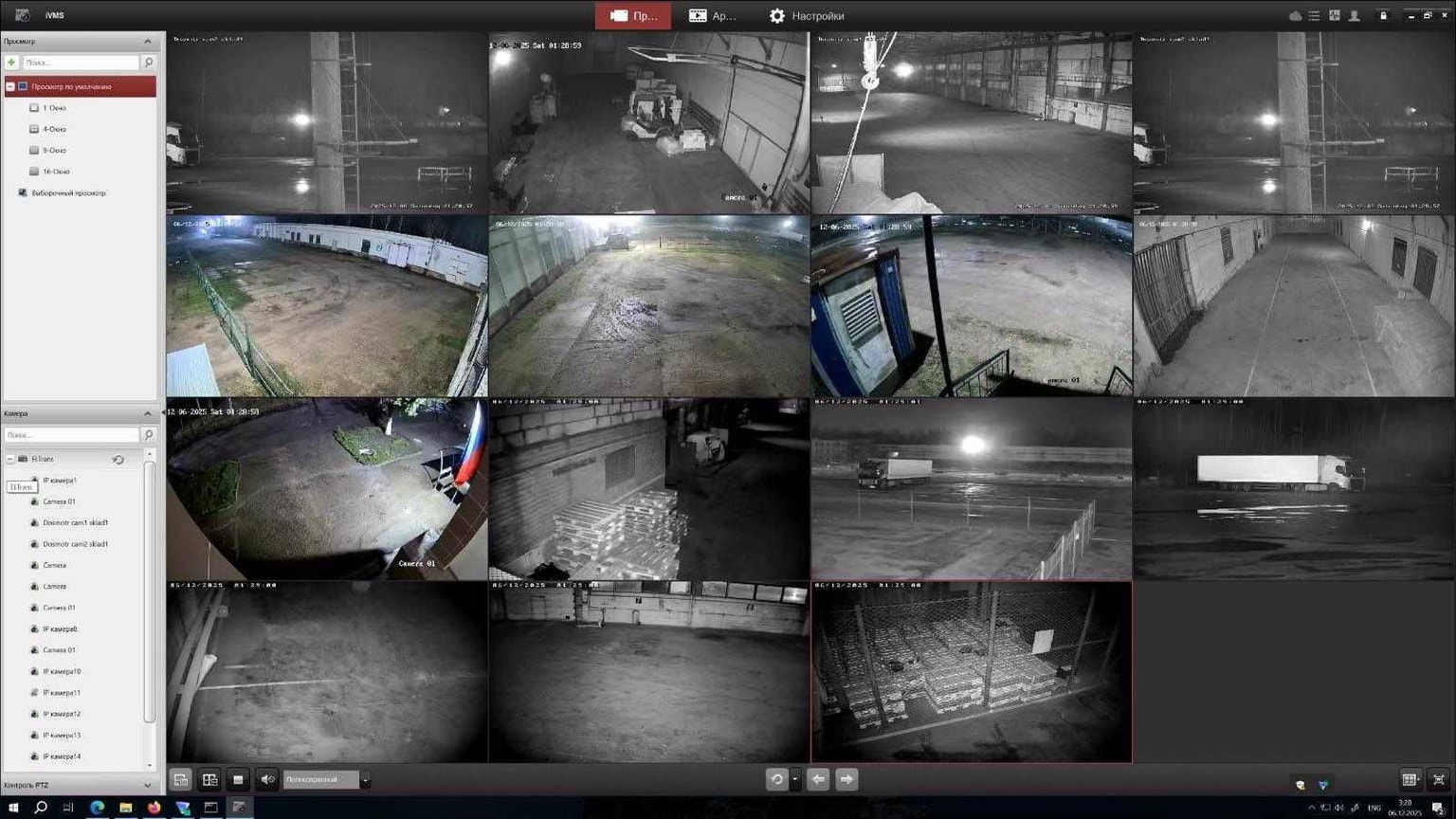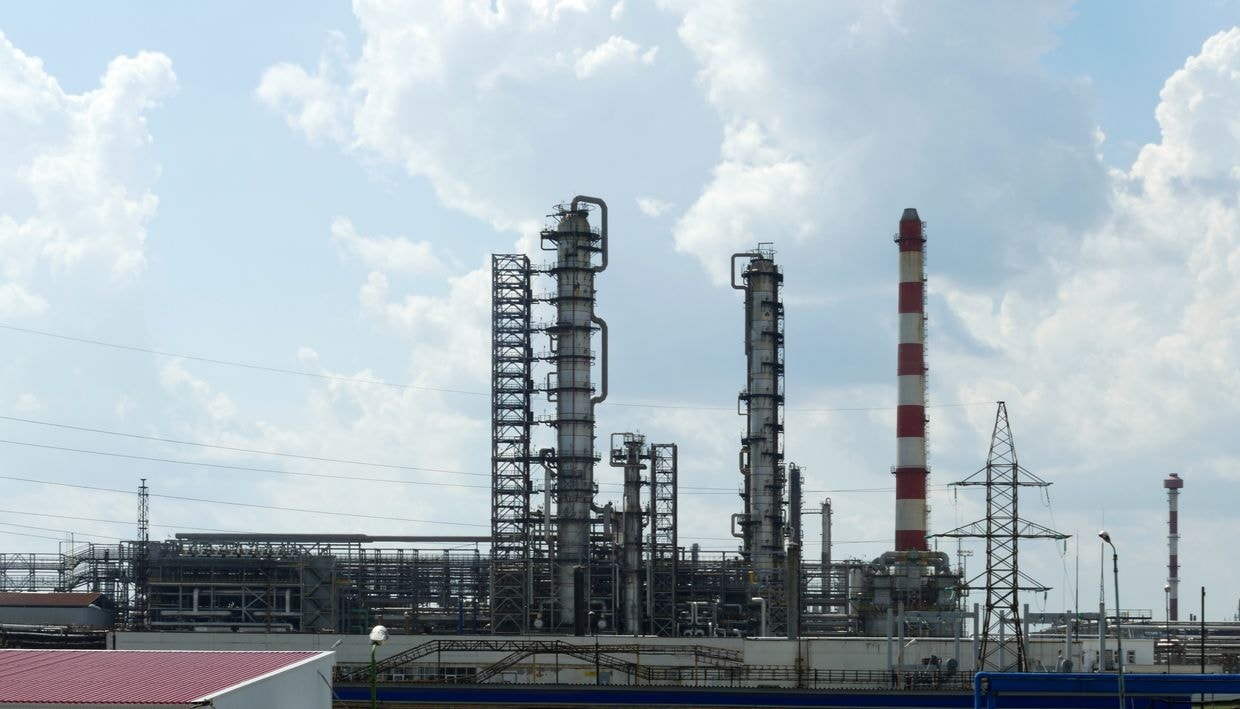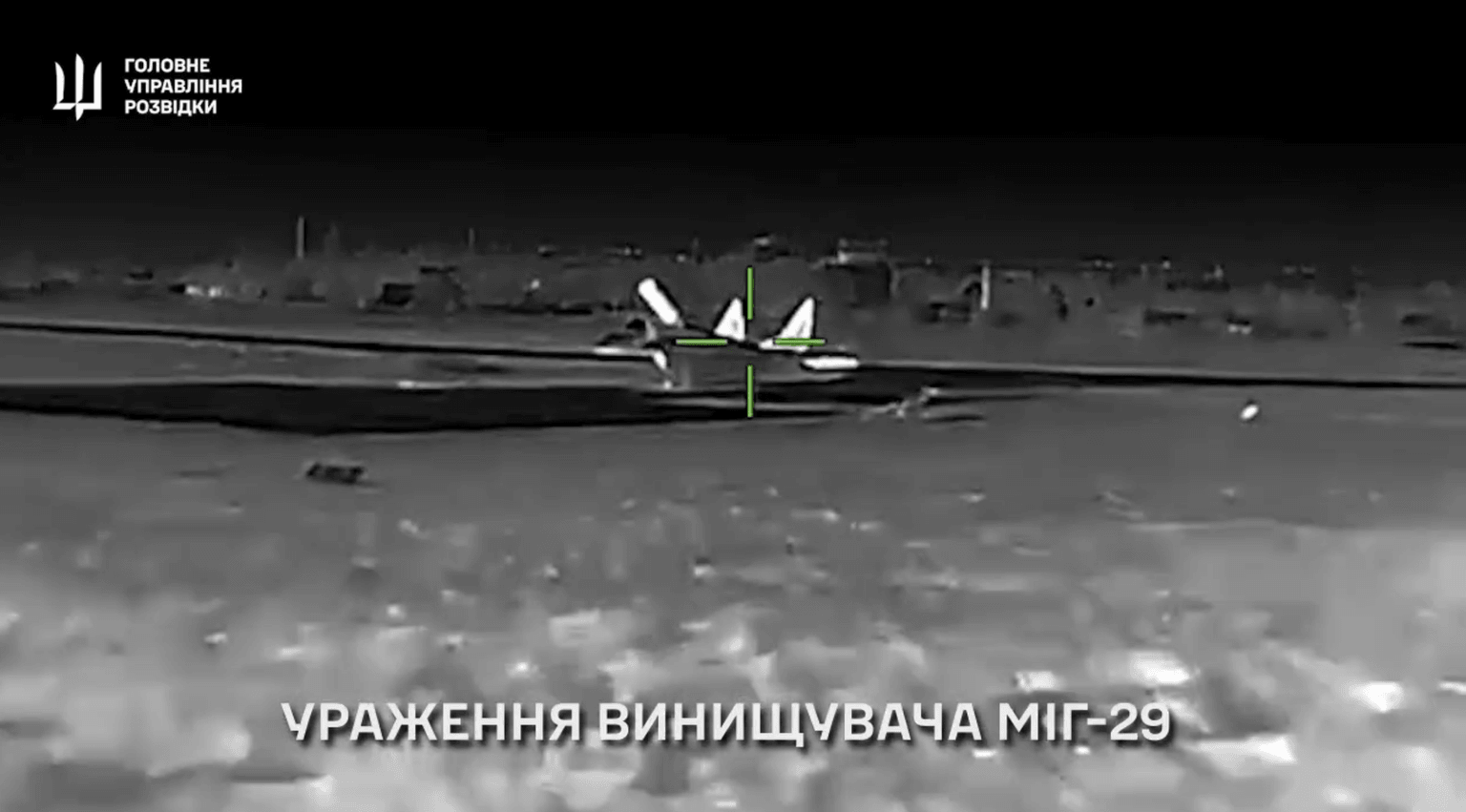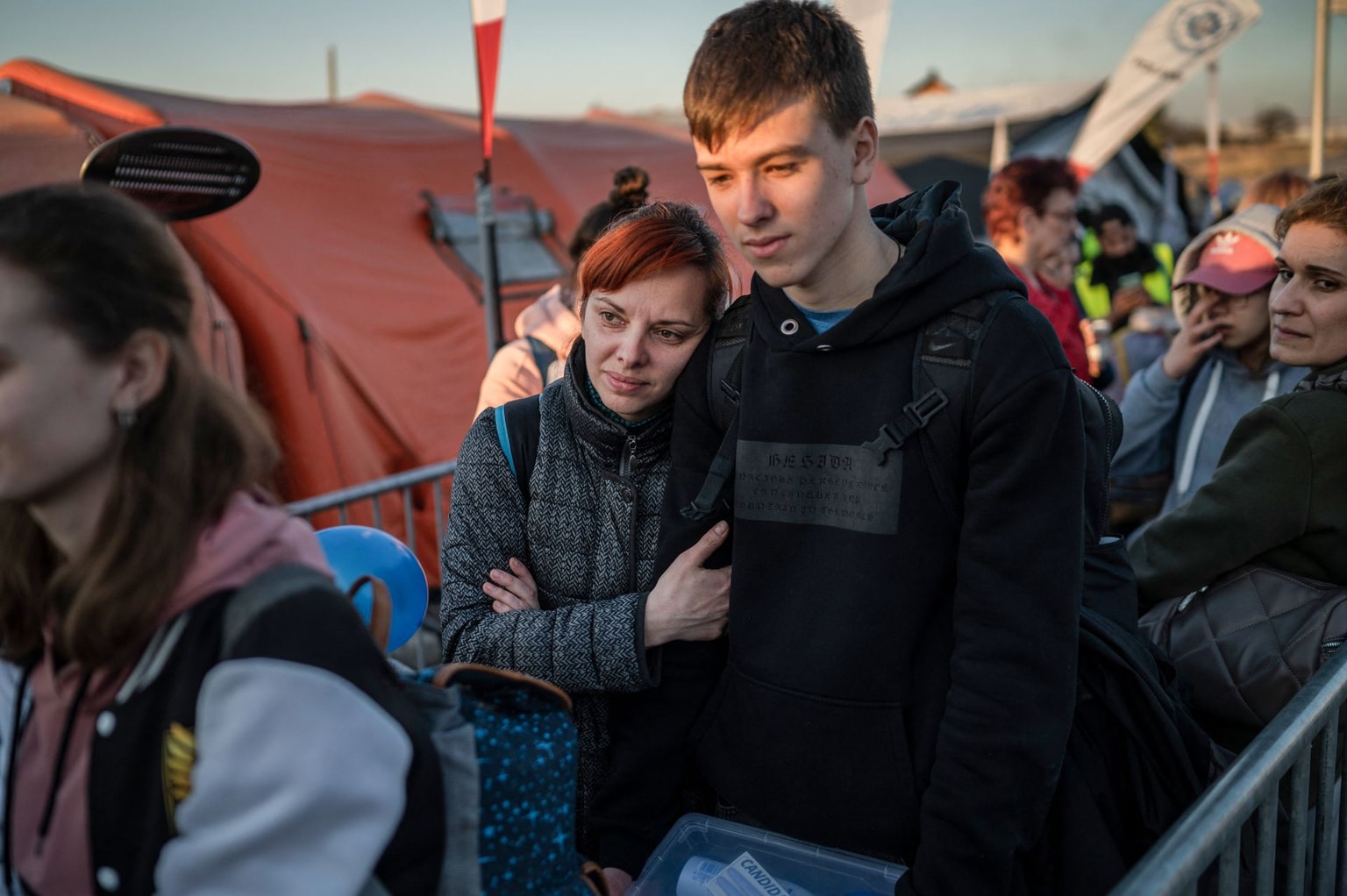Chart of the week: Russian aerial attacks on Ukraine keep rising

Last week, Russia launched a large-scale aerial attack on Kyiv, pummeling the capital with hundreds of drones and multiple missiles. At least seven people were killed, and 29 were injured.
The strike came two weeks after the previous large-scale assault — an interval that, for numbed Kyiv residents, felt like a long respite from the now-routine attacks.
Russia has sharply increased attacks on Ukrainian cities in 2025. With winter approaching, recent attacks have largely focused on the country's energy and heating infrastructure.
As of Nov. 18, Russia launched 359 missiles and over 8,000 drones in October and November alone, according to data from investment firm Dragon Capital and Ukraine's Air Force.


To counter these attacks, Ukraine employs several layers of defense, including anti-missile systems (e.g., Patriots or the European equivalent, SAMP/T), interceptor drones, mobile defense units (pickup trucks with mounted machine guns), and the use of fighter jets and helicopters to shoot down missiles and drones.
To get around this, Russia employs a menacing set of tactics.
"Russia sends a large number of drones with various modifications that overload air defense systems," says "Free," a lieutenant colonel serving in Ukraine's Eastern Air Command who requested to be identified by call sign only as Ukrainian soldiers are not authorized to speak to the press.
"Enemy drones also hunt for our air defense to reduce its effectiveness," he added.
Despite this, Ukraine's ability to stop Russian drones has been consistent, with interception rates elevated at around 80%.
For missiles, the story is more complicated. Although Russia sends fewer of them than drones, missiles cause far more damage on impact and are difficult to stop.
The interception of ballistic missiles hinges on American-supplied Patriot systems, and cruise missiles are often shot down by missiles launched from fighter jets, such as F-16s.
As of Nov. 18, Ukrainian forces intercepted 27% of missiles in November according to Kyiv Independent calculations, a low rate by historical standards.
While stocks of weapons are a closely held national secret, it's clear from Zelensky's frequent pleas that Ukraine's defense forces have to do the best they can with a limited number of missiles.
But by not providing more air defense, "the West is prolonging the war and, is in effect agreeing to leave Ukraine to fight on its own," Free said.











